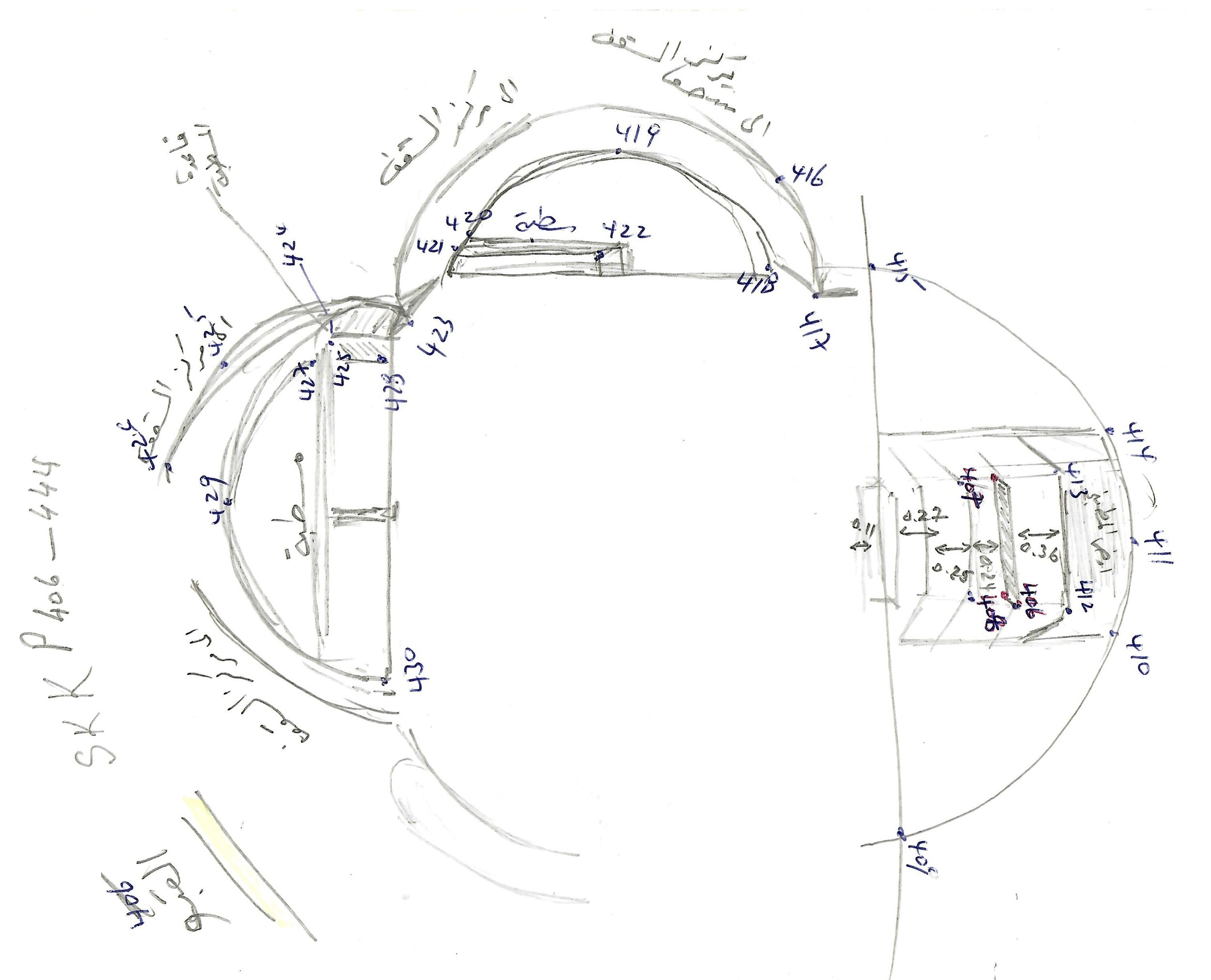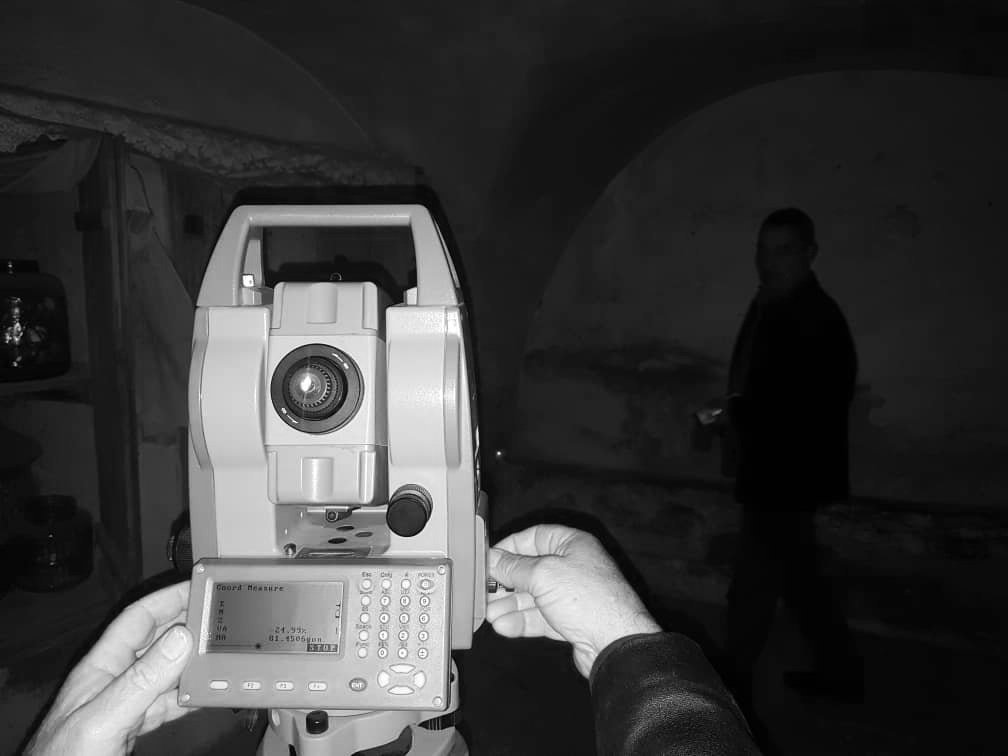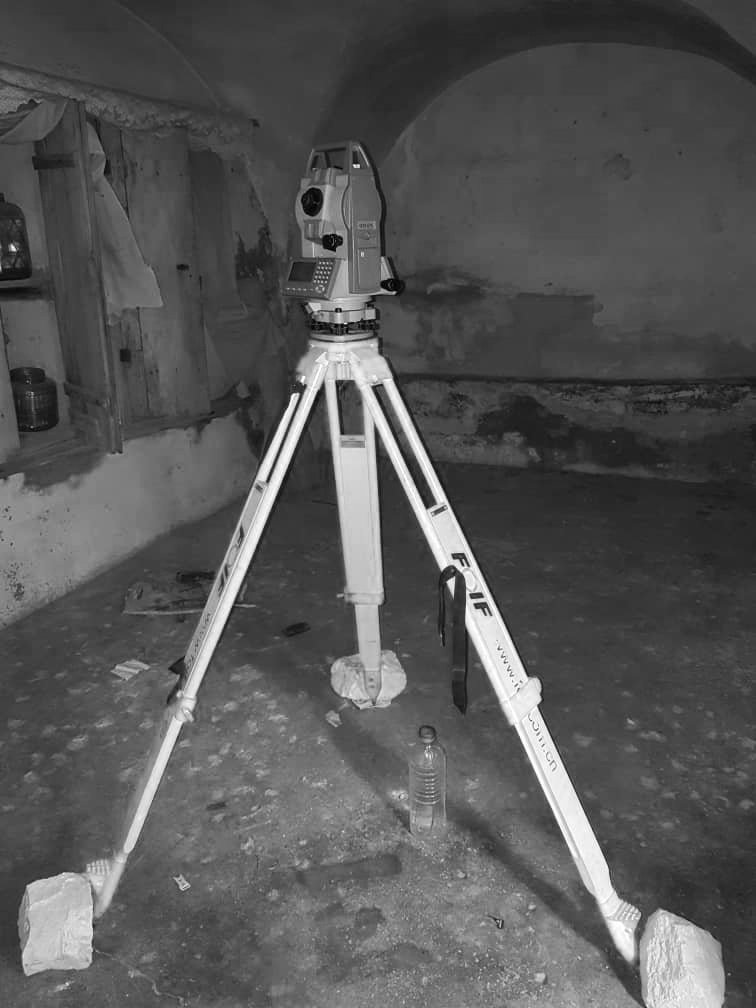
Traditional Documentation
Traditional Documentation
In the realm of architectural documentation, navigating traditional old buildings poses unique challenges for local architects. How can we effectively manage surveying documentation presented in non-architectural formats, without encroaching on the domain of surveying engineers? How do we establish a shared language for collaboration in such scenarios?
As an architectural engineer documenting a traditional building in your old neighbourhood, you may encounter novel opportunities and complexities. Handling the uniqueness and individuality of old structures like "Bayt Banqusa" in Aleppo requires a different approach. Through field visits, measurements, and surveys, we grappled with documenting the house's skylight using traditional surveying methods. This experience pushed us to interpret surveying data and translate it into architectural outputs, experimenting with intermediary methods to process building files. We were compelled to innovate to achieve integration.
Documenting old buildings with traditional tools presents practical challenges and research hurdles, including dealing with incomplete or unclear data. Yet, what if these challenges fostered opportunities to harness traditional methods and thinking, spurring the creation of new tools and communication platforms?


